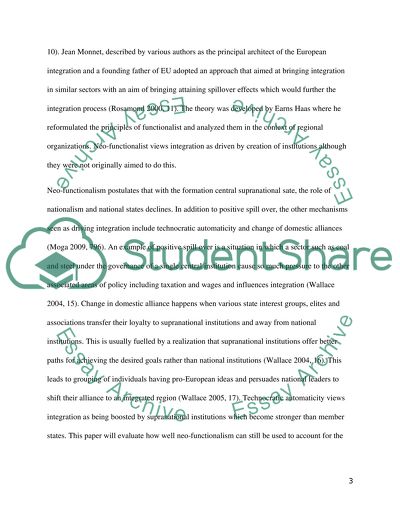Cite this document
(“How well is neo-functionalism still able to account for the evolution Essay”, n.d.)
Retrieved from https://studentshare.org/history/1398552-how-well-is-neo-functionalism-still-able-to
Retrieved from https://studentshare.org/history/1398552-how-well-is-neo-functionalism-still-able-to
(How Well Is Neo-Functionalism Still Able to Account for the Evolution Essay)
https://studentshare.org/history/1398552-how-well-is-neo-functionalism-still-able-to.
https://studentshare.org/history/1398552-how-well-is-neo-functionalism-still-able-to.
“How Well Is Neo-Functionalism Still Able to Account for the Evolution Essay”, n.d. https://studentshare.org/history/1398552-how-well-is-neo-functionalism-still-able-to.


